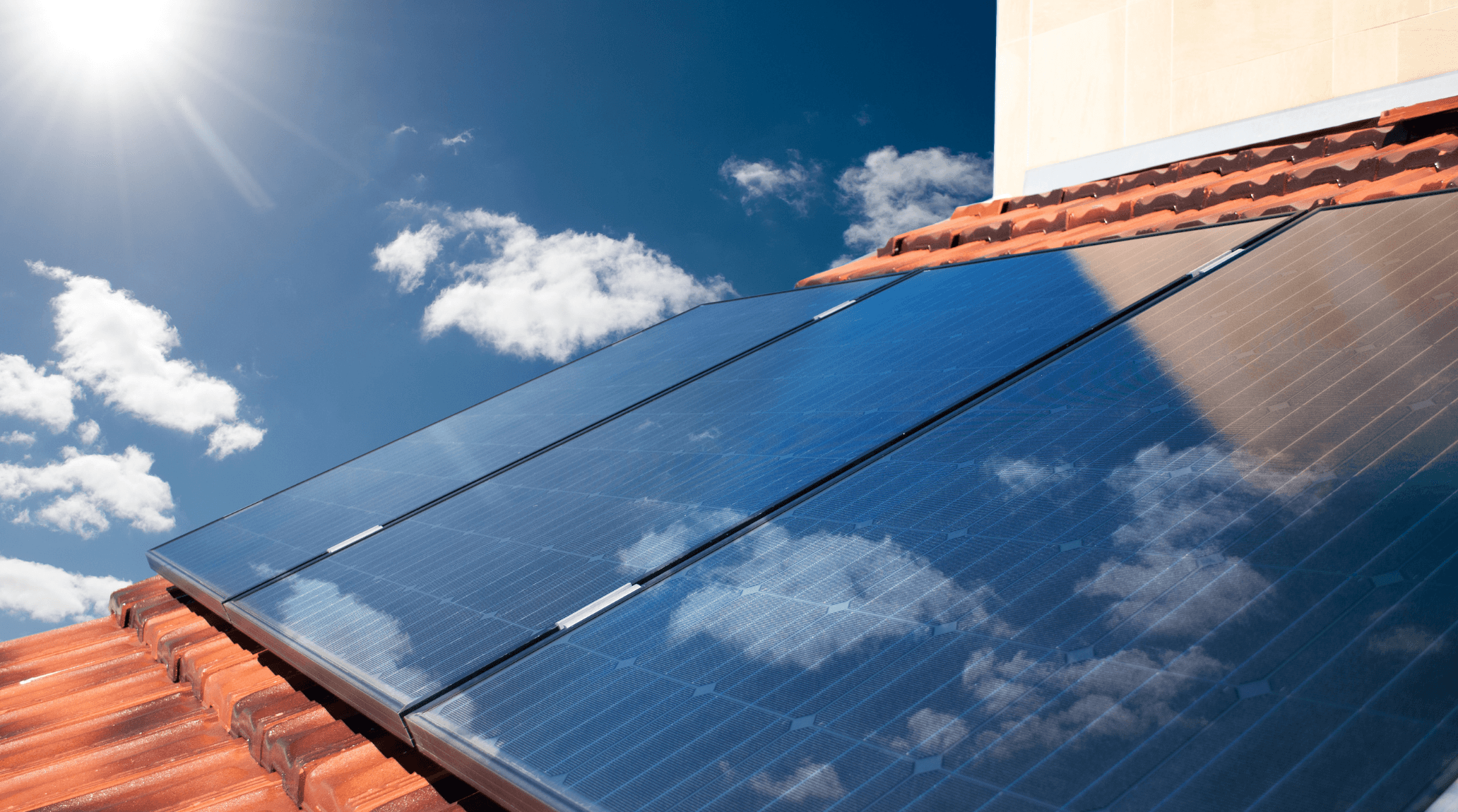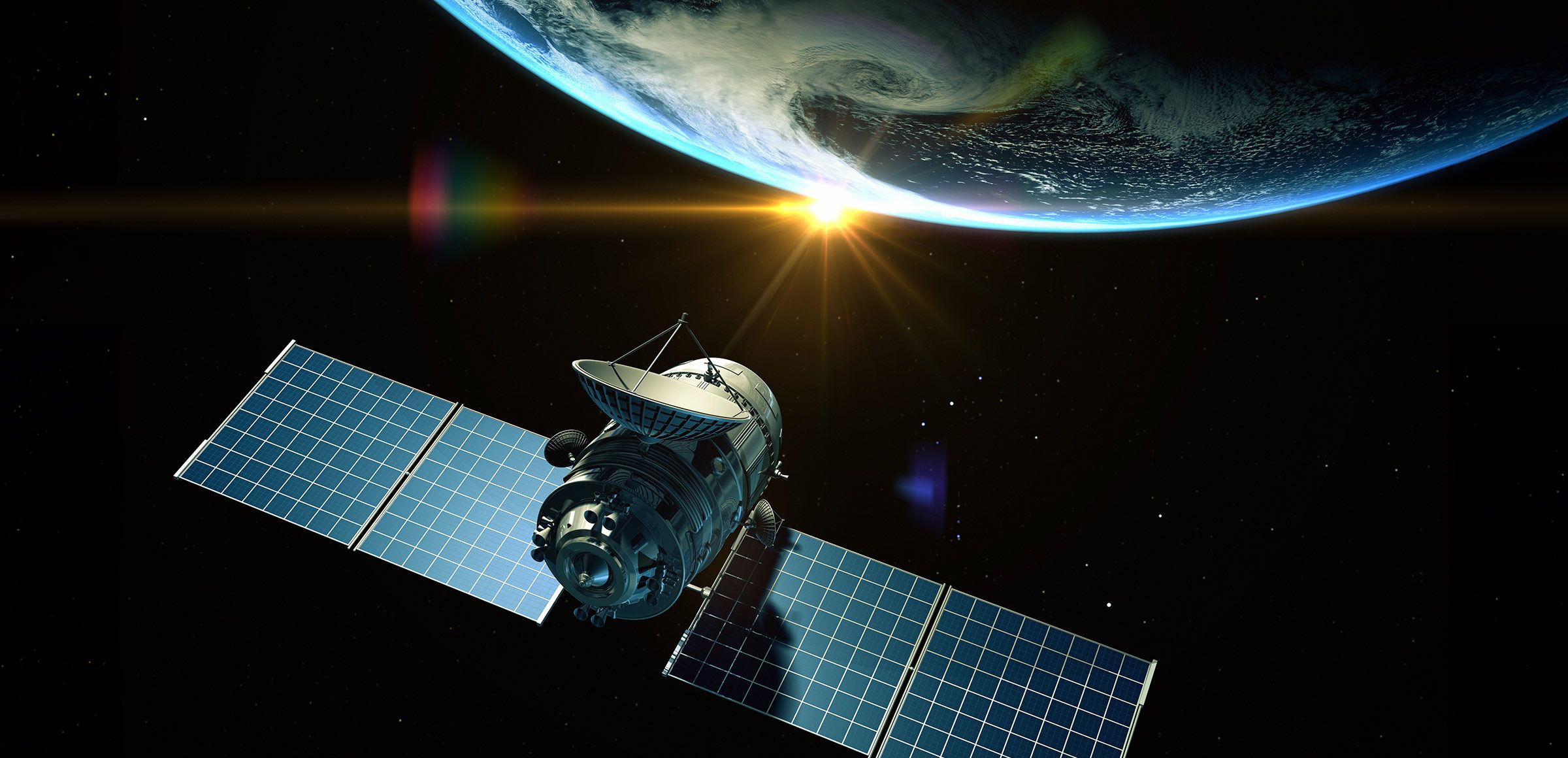
“
Solar energy, harnessed from the sun's rays, is one of the most promising sources of renewable energy available today. With advancements in technology and increasing awareness about sustainable living, solar power has become a significant player in the global energy landscape. This article delves into some interesting facts about solar energy that highlight its importance and potential in shaping our future.1
1
”
Solar energy stands as the most abundant energy resource on Earth, possessing the potential to meet global energy demands if effectively harnessed. Unlike finite fossil fuels, solar power is perpetually available and virtually limitless. 1
One of its most compelling features is its renewability. Solar energy generates electricity without producing harmful greenhouse gas emissions during operation, contrasting starkly with conventional fossil fuel-based power generation.2
The discovery of the photovoltaic effect in 1839 marked the start of solar technology. Over the years, solar panels have evolved significantly, using sunlight to power our world. 3
Among nations, Germany leads in per capita solar capacity, illustrating widespread global adoption of solar technology as a reliable energy source. This leadership underscores the increasing global commitment to sustainable energy solutions. 4
China plays a pivotal role in the solar industry, producing over 70% of the world's solar panels. This massive production scale has driven down costs globally, making solar energy more economically viable and accessible worldwide. 5
In Haarlemmermeer, Netherlands, the Floriade 2002 exposition hall boasts the world’s largest solar energy roof. Covering an area of 26,110 m² (281,045 ft²), it generates 2.3 MW of power. 6

The International Space Station relies extensively on solar panels for power generation in the extreme conditions of space, highlighting the reliability and resilience of solar energy technology.
Kenjiro Shinozuka of Japan holds the record for the fastest speed achieved by a solar-powered vehicle. He drove Ashiya University’s Sky Ace TIGA at Shimojishima Airport in Miyakojima, reaching a speed of 91.332 km/h on August 20, 2014. 7
Advances in battery technology enable the storage of solar energy for use during nighttime or cloudy periods. This capability enhances the reliability and usability of solar power systems, ensuring continuous energy availability. 8
Solar panels can be seamlessly integrated into building materials such as rooftops. This architectural integration promotes sustainable urban development by leveraging underutilized spaces for energy generation.9
Over the past decade, the cost of solar panels has plummeted significantly due to technological advancements and economies of scale in manufacturing. This cost reduction has democratized access to solar energy, making it increasingly affordable10
Solar energy projects range from small-scale rooftop installations to expansive solar farms covering hundreds of acres. This scalability allows solar technology to adapt to diverse energy demands, from individual households to large industrial complexes. 11
By displacing fossil fuel-based electricity generation, solar energy significantly reduces greenhouse gas emission. This environmental benefit underscores its critical role in achieving global sustainability goals. 12

Apple’s headquarters in Cupertino, California, USA, is the largest solar-powered building. It covers 260,000 m² and generates 17 MW from rooftop solar panels, supplemented by 4 MW from biogas fuel cells.
Solar energy powers essential urban infrastructure such as street lights, signs, and traffic signals, contributing to energy efficiency and reducing dependency on traditional grid systems. 13
CSP plants utilize mirrors or lenses to concentrate sunlight onto a small area, generating intense heat that drives electricity-producing turbines. This technology is particularly effective in regions with abundant sunlight, like deserts. 14
Regions with high solar irradiance, such as the Atacama Desert in Chile, are ideal for large-scale solar projects due to their consistent sunlight. Such locations maximize energy output and efficiency, making them prime areas for solar energy development.15
In Mumbai, India, Mustafa Shabbir Akolawala (Zest Enterprise) set a record by installing 84 solar panels on a billboard. This achievement was verified on 19 April 2023. 16
In China, the largest solar panel image was formed using 196,320 solar panels. These panels were arranged to depict a horse, reflecting the region’s cultural significance. The impressive image covers an area of 1,398,421 m². 17
Solar energy promotes sustainable development by reducing reliance on imported fossil fuels, enhancing energy security, and fostering economic growth through local energy production and job creation. 18


